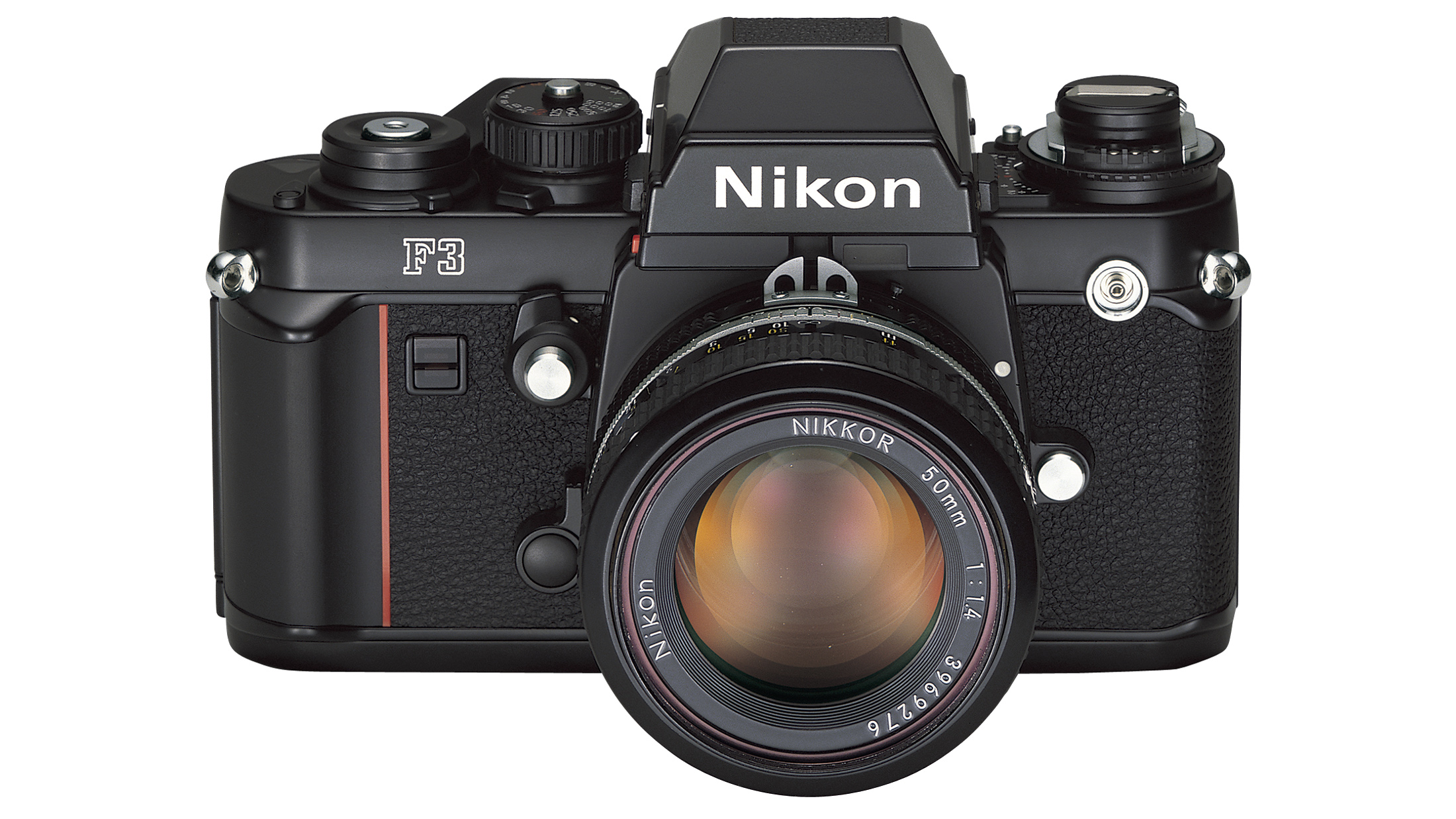The best camera bag for travel in 2025: there's a bag for you, no matter your load
However much photo gear you want to take on your next trip, I've found the perfect camera travel bag for you!
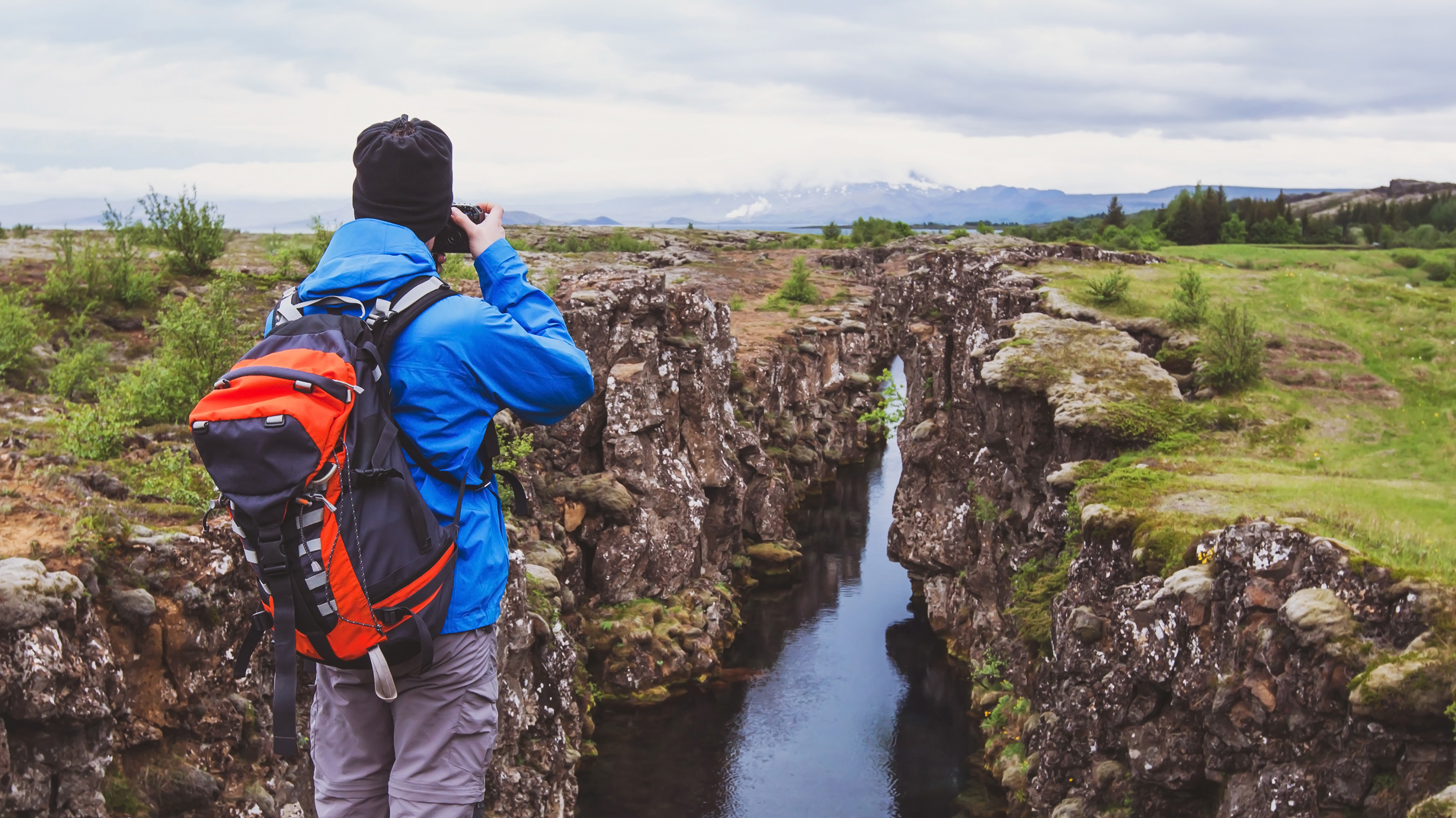
The best camera bag for travel can mean a bag for hikers, for air travel, for city breaks, or a whole lot more. Ideally, a good travel camera bag should let you carry a decent amount of gear without adding too much weight. It should have decent weatherproofing, some padding for the kit inside, and well-padded straps and handles that make it comfortable to carry for extended periods.
So, quite a tall order, then! Fortunately, manufacturers have proven themselves to be up to the task, and there are loads of fantastic camera bags to choose from. So much so that it can be hard to know where to start, which is why I've divided my guide into different styles of bag, with options for holsters, messenger bags, backpacks and hard cases, and picked what I reckon to be the very best choice specifically for the traveler.
Like I said, there's a lot of choice out there. So, let's dive straight into the best camera bags for travel you can buy!

Ben is the Imaging Labs manager, responsible for all the testing on Digital Camera World, and our go-to guy for technical insight. He's also the team's man-at-arms when it comes to camera bags, filters, memory cards, and all manner of camera accessories.
The Quick List
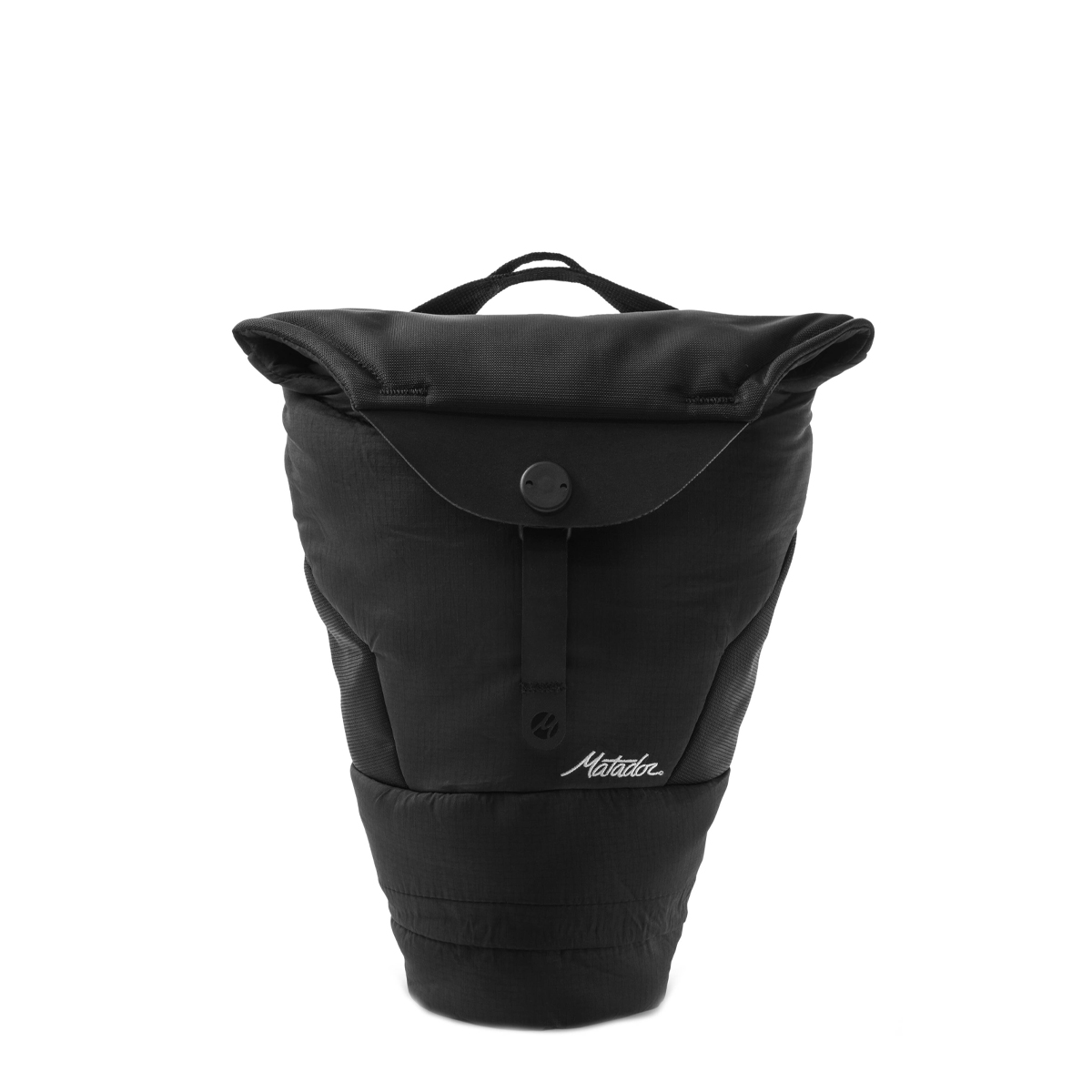
It’s only roomy enough for a small setup, but this bag packs a lot in, including a waterproof cover you can pull out whenever you need.
Read more below…
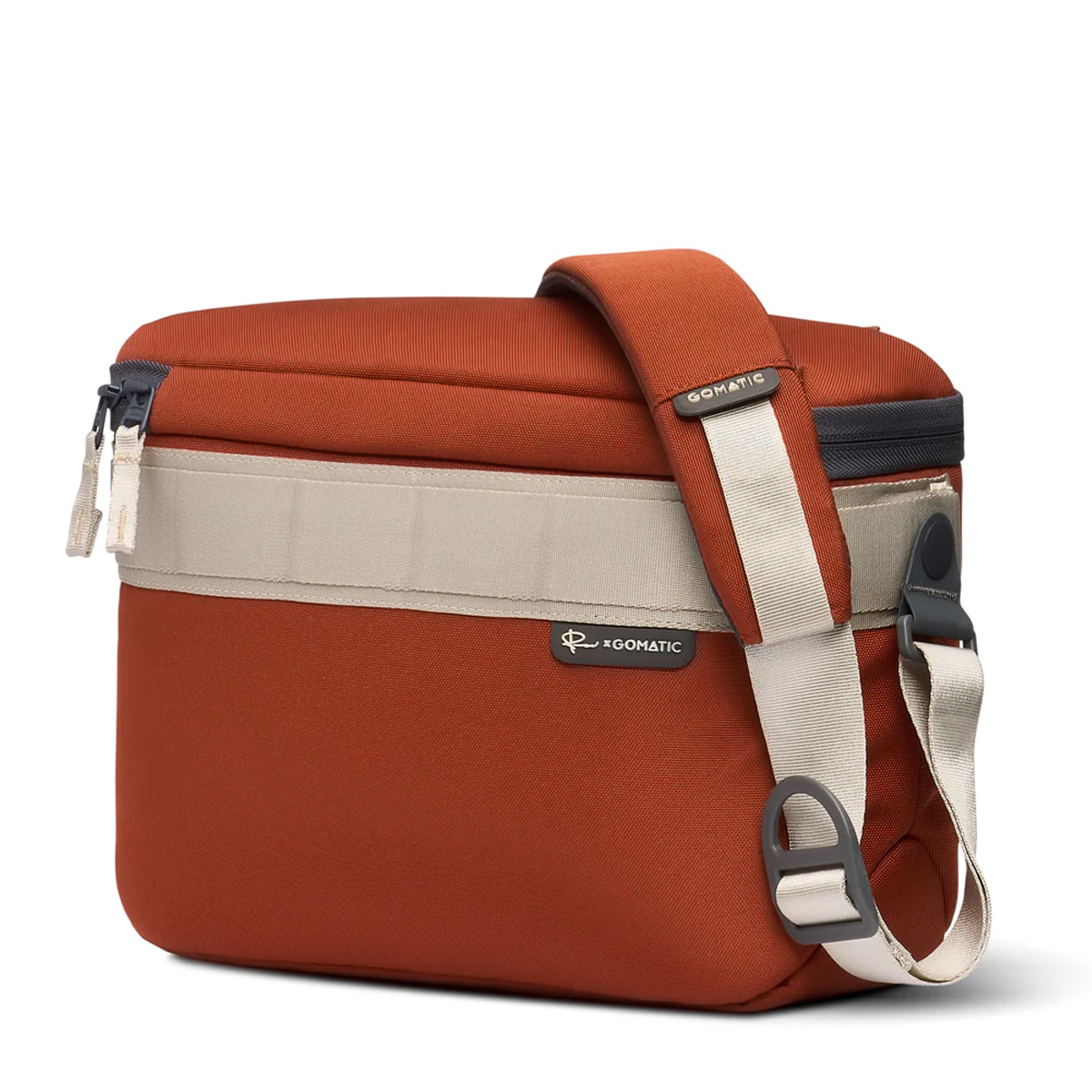
This good-looking bag comes in four colors, but its features like the internal metal frame and versatile dividers that you’ll most appreciate.
Read more below…
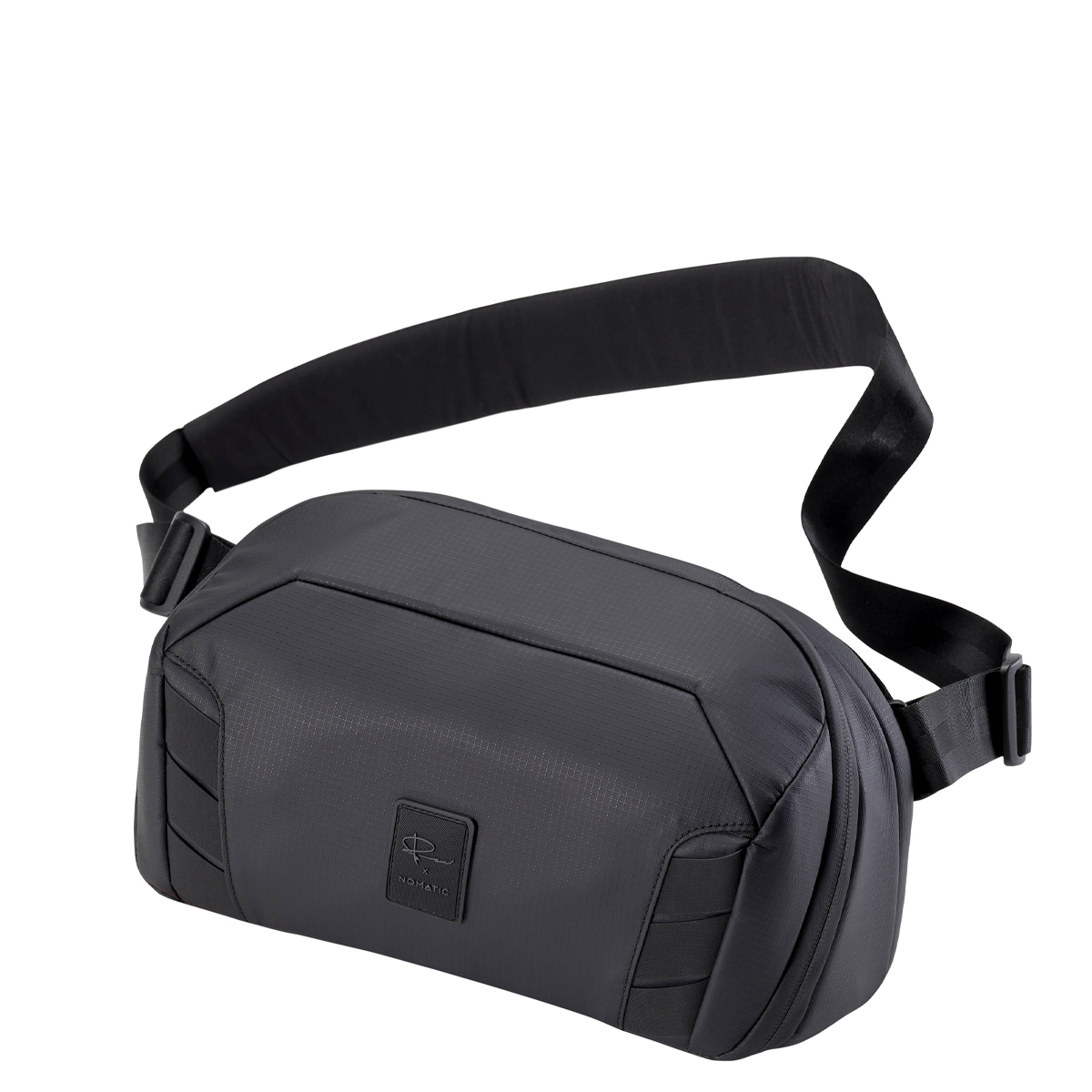
This lightweight option with water resistance fits comfortably across your back, ready to spin round to bring out gear in seconds.
Read more below…
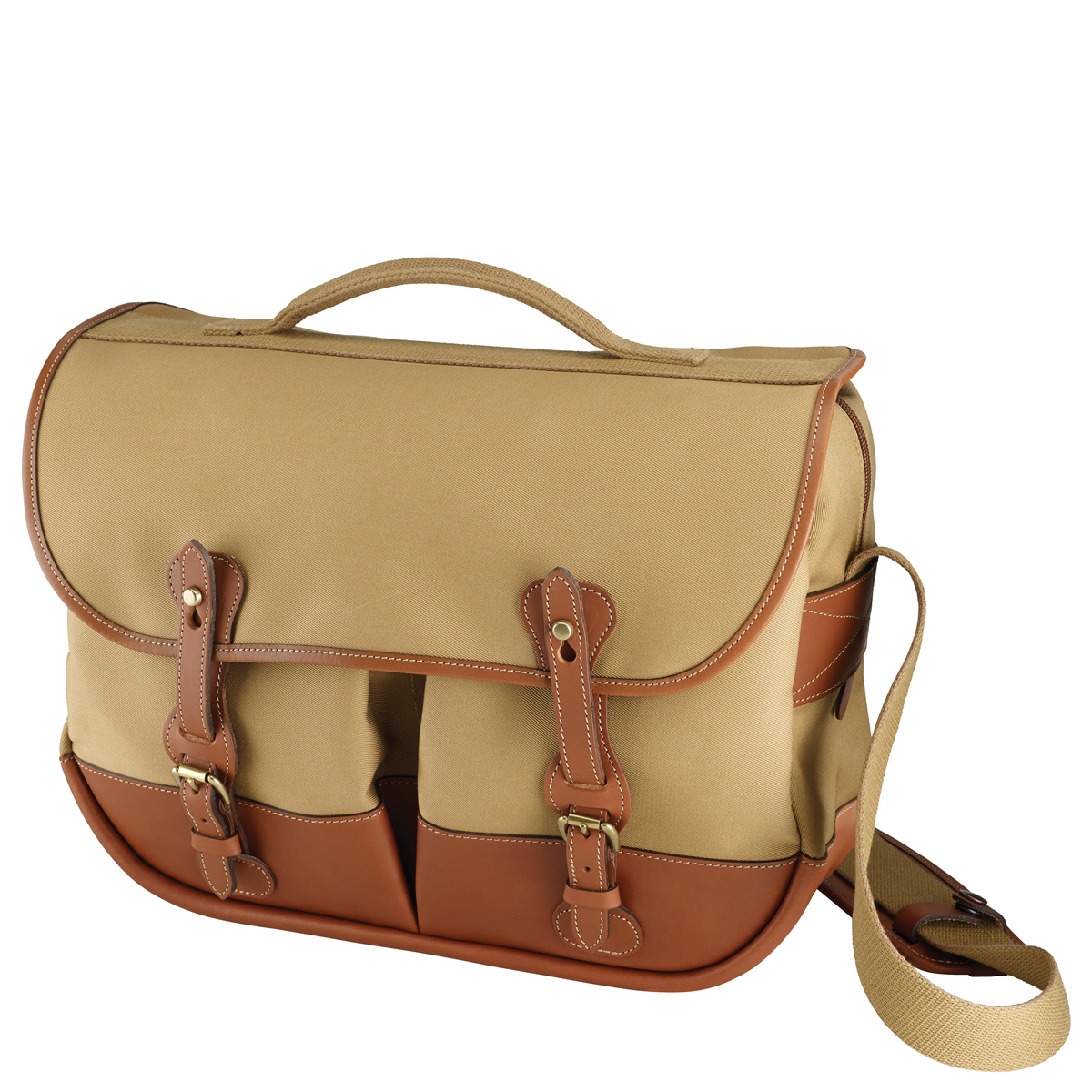
If you treat travel as a bit of indulgence, you’ll appreciate this bag, which marries hand-crafted luxury with gear-stowing pragmatism.
Read more below…
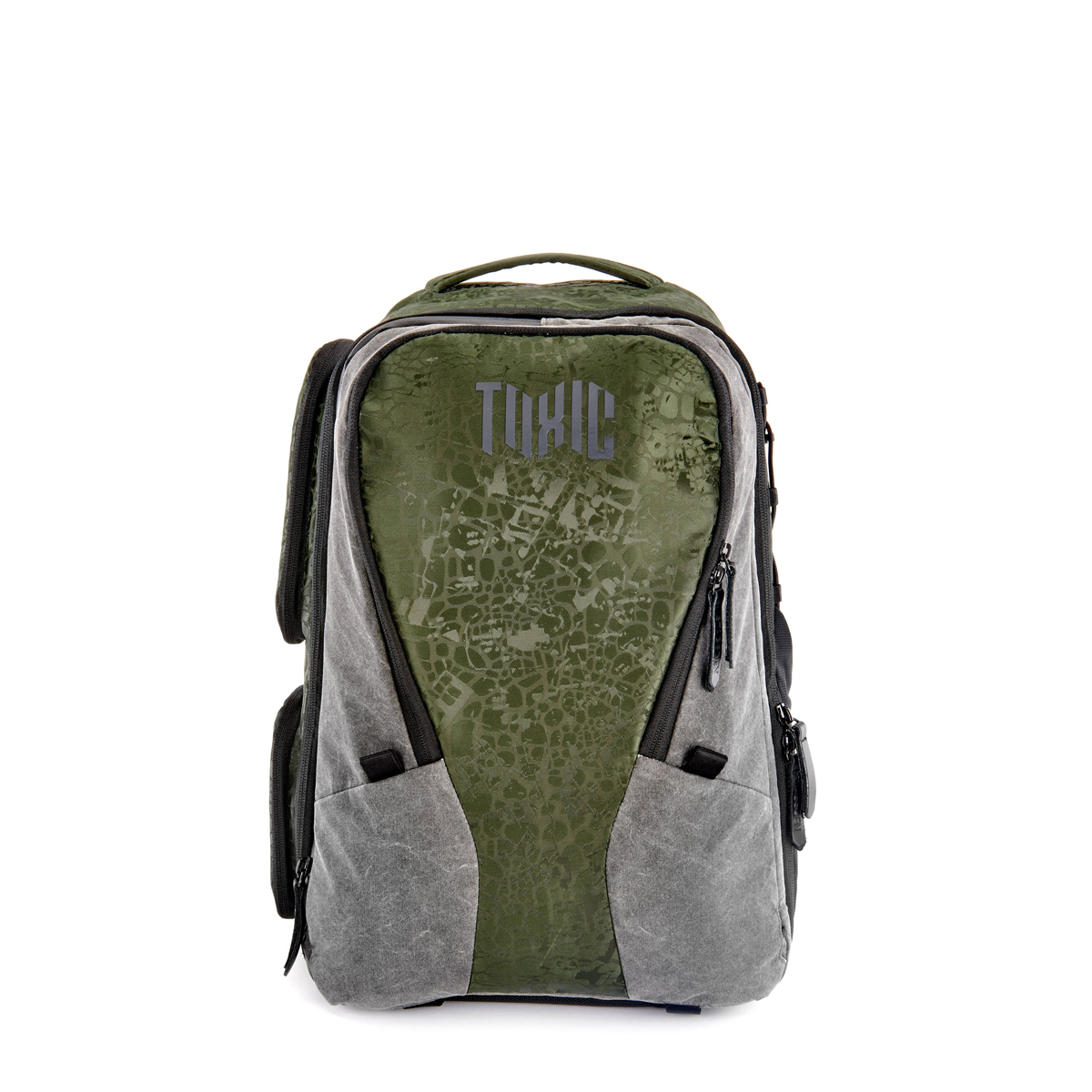
Offering a fresh perspective on the trusty backpack, this offering gives plenty of access and ethically responsible manufacturing.
Read more below…
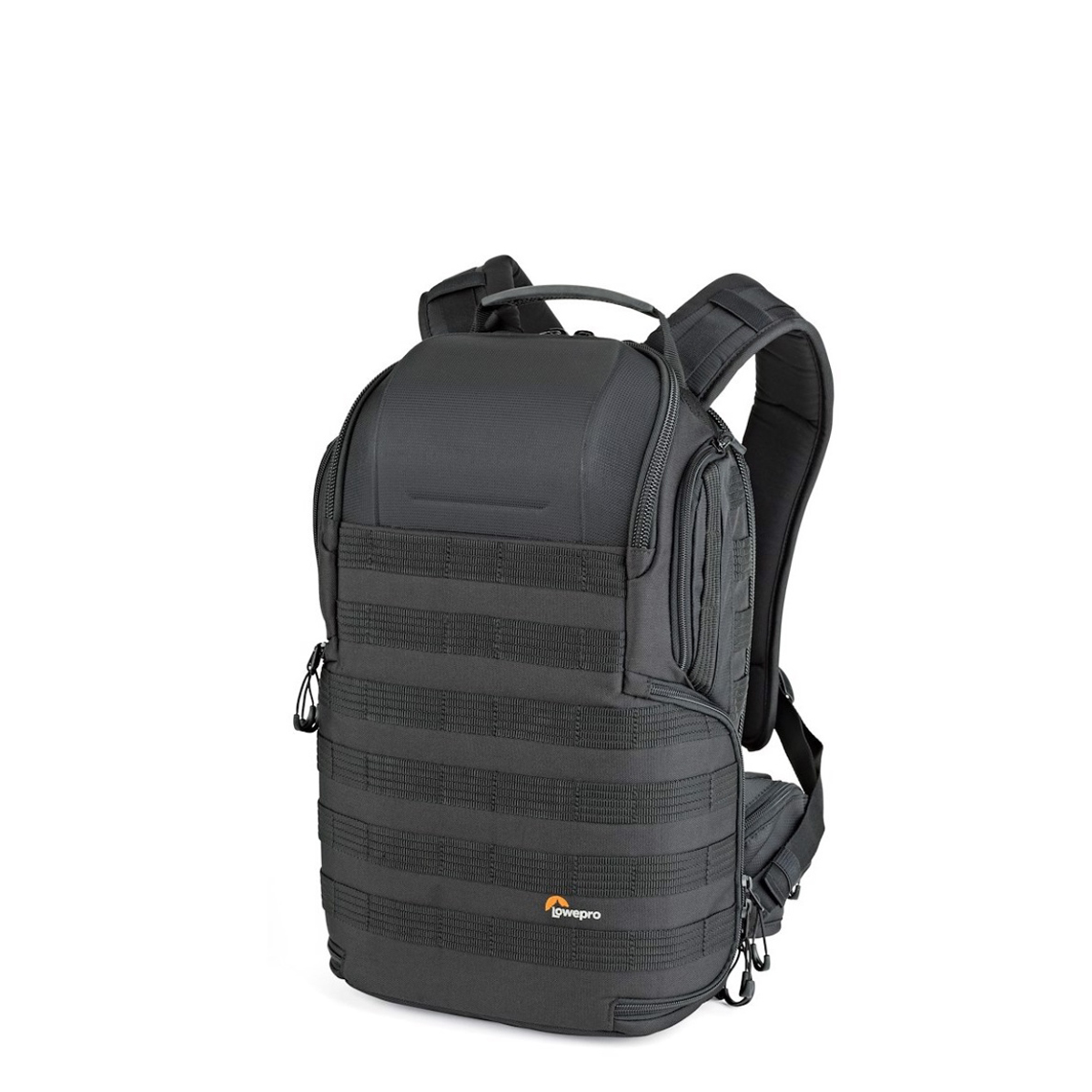
This backpack employs a modular system that means you can add or remove storage depending on what you need for the day.
Read more below…
View the full list ⤵
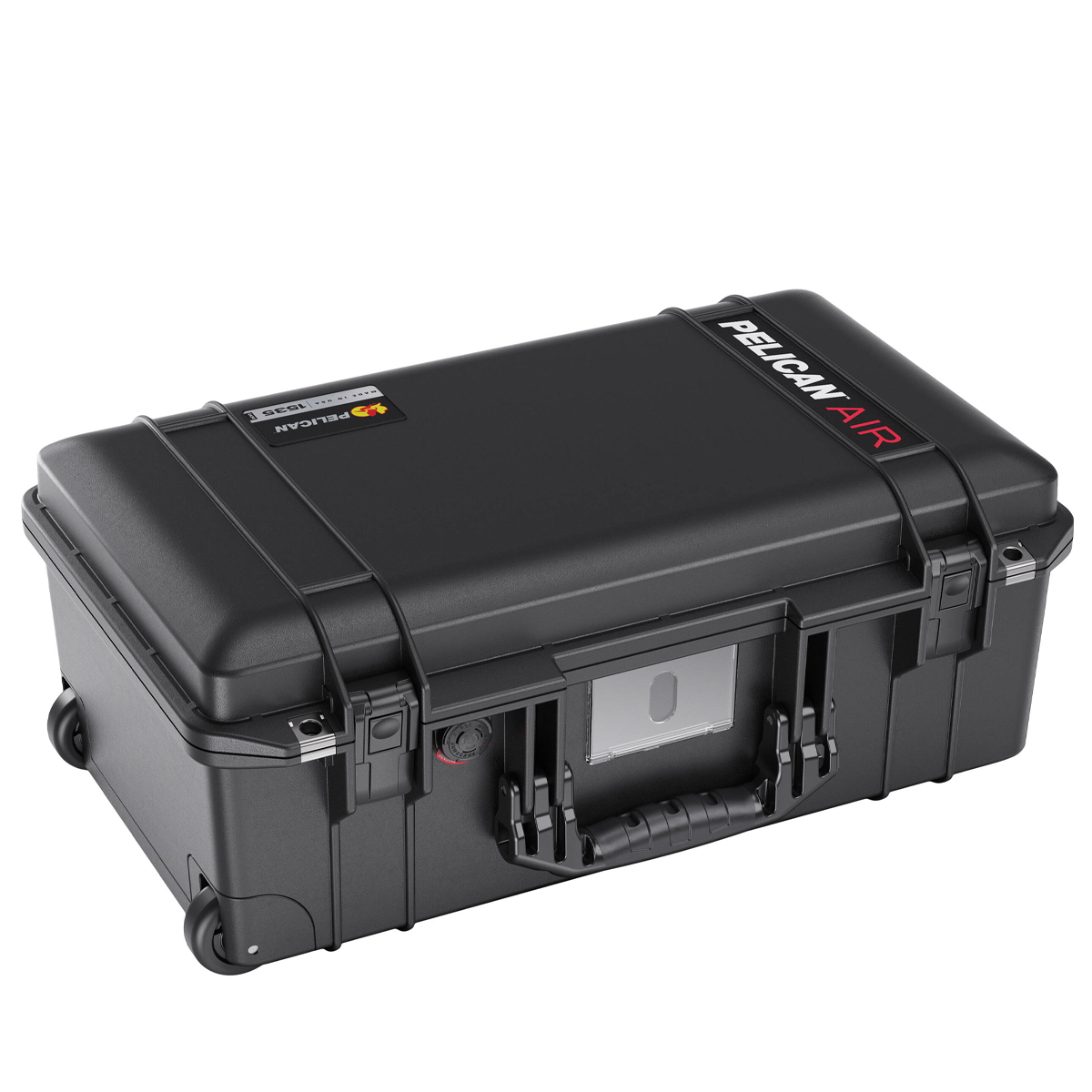
This case is tough enough to handle being crushed as well as taking knocks, and you can choose between three storage systems.
Read more below…
The best camera bag for travel
Why you can trust Digital Camera World
Best holster bag overall for travel
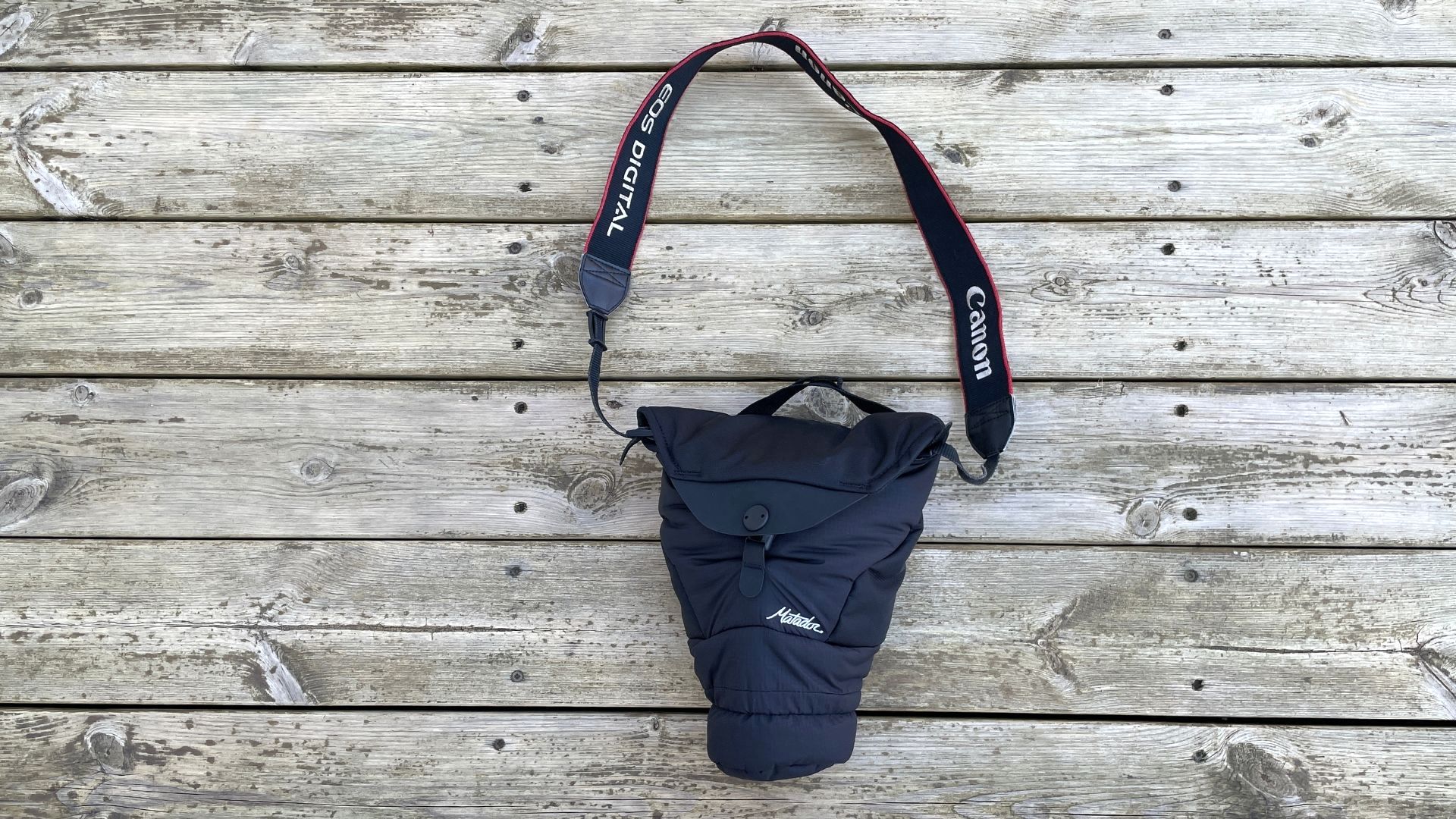
Specifications
Reasons to buy
Reasons to avoid
This clever holster from Matador is ideal for those who like to head out for wet-weather hikes. It packs in a clever waterproof cover, which scrunches down so small you may not notice it, but it can be pulled out at a moment's notice to cover the entire shell, making for a double waterproof cover for your gear.
Capacity-wise, the Matador Camera Base Layer is about average for a holster – it's not going to hold a full-frame DSLR with a telephoto lens, but it can stretch pretty well, and most lightweight mirrorless and compact setups should be fine.
The Matador Camera Base Layer is more about weather protection than impact protection and isn't padded to any great extent. It's therefore an excellent choice for hikers and country-walkers – perhaps less so for city explorers who might want some padding against knocks and bumps.
Read our full Matador Camera Base Layer review
Best sling bag overall for travel
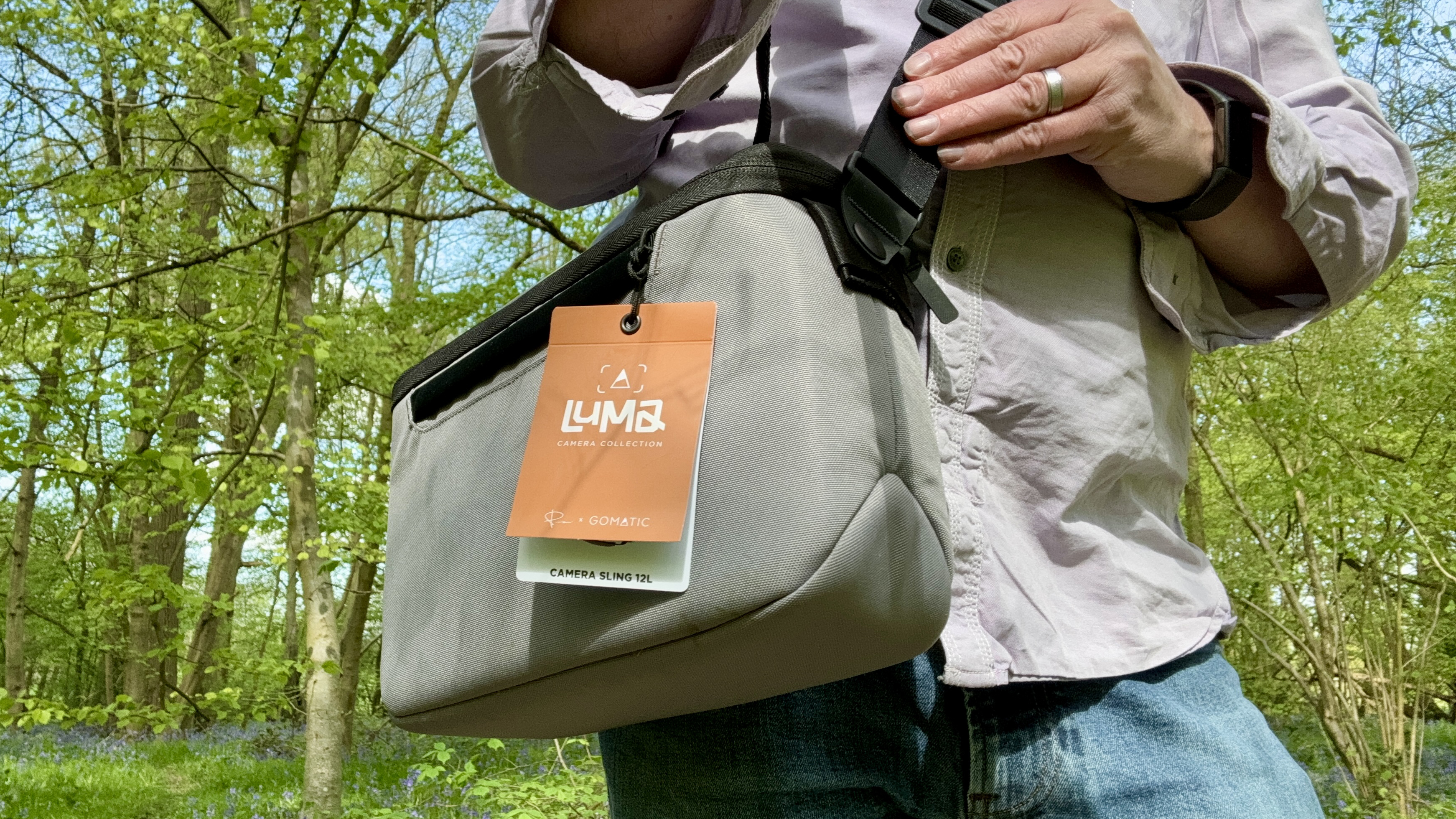
Specifications
Reasons to buy
Reasons to avoid
This attractive option comes in a choice of four colors: black, stone, sage and an eye-catching rust. But there’s a lot more to the Luma than good looks: the combination of a metal frame on the inside, to help retain the bag’s form, and weatherproofed Oxford weave on the outside give reassurance that your gear is well-protected.
Dividers inside use a hook-and-loop system, giving you multiple configuration options for arranging your camera and lenses, while a mesh in the lid is perfect for holding loose accessories. I also enjoyed design touches such as the magnetic clasps, which hold the lid in place but enable you to quickly fetch a camera when you need to take a shot. A zip adds protection when the bag’s in transit.
Note that Gomatic is the European brand name for Nomatic – you may see this bag under either name.
Read our full Nomatic/Gomatic Luma Camera Sling 12L review
Best small sling bag for travel
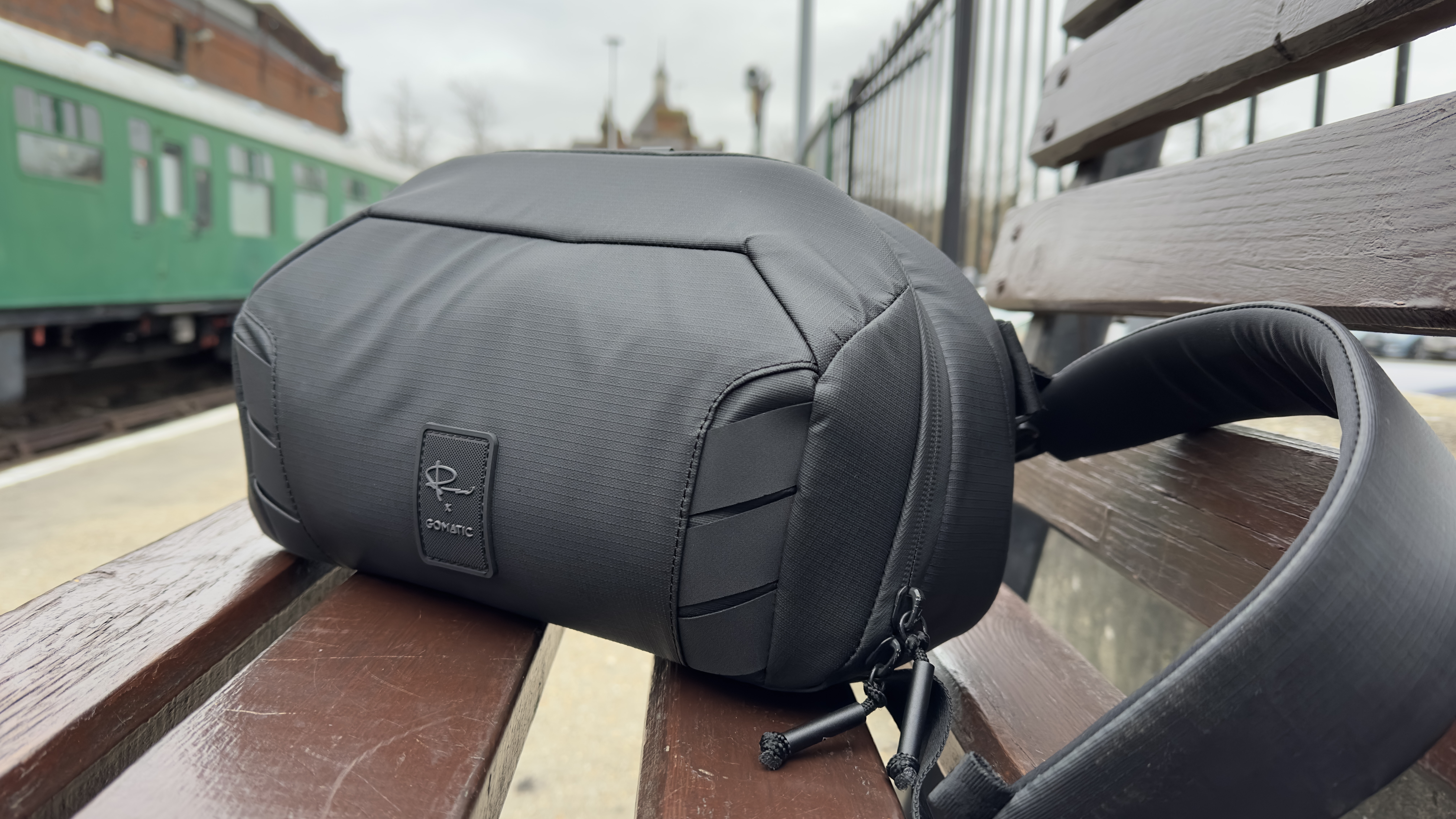
Specifications
Reasons to buy
Reasons to avoid
Designed in conjunction with photographer Peter McKinnon, the McKinnon 8L Camera Sling is an ideal size for casual use of a smartphone, a mirrorless camera or a small DSLR. Inside, you’ll find a generous allocation of pockets, pouches, and dividers for organizing your gear.
The sling strap is ideal for wearing the bag across your back while you’re on the move – you can easily swing it round and bring your camera out without having to take the bag off. You could also wear it across your chest in crowded situations, keeping your gear safer. (Gomatic is the brand used by Nomatic in Europe.)
Read our full Nomatic/Gomatic McKinnon Camera Sling review
Best messenger bag overall for travel
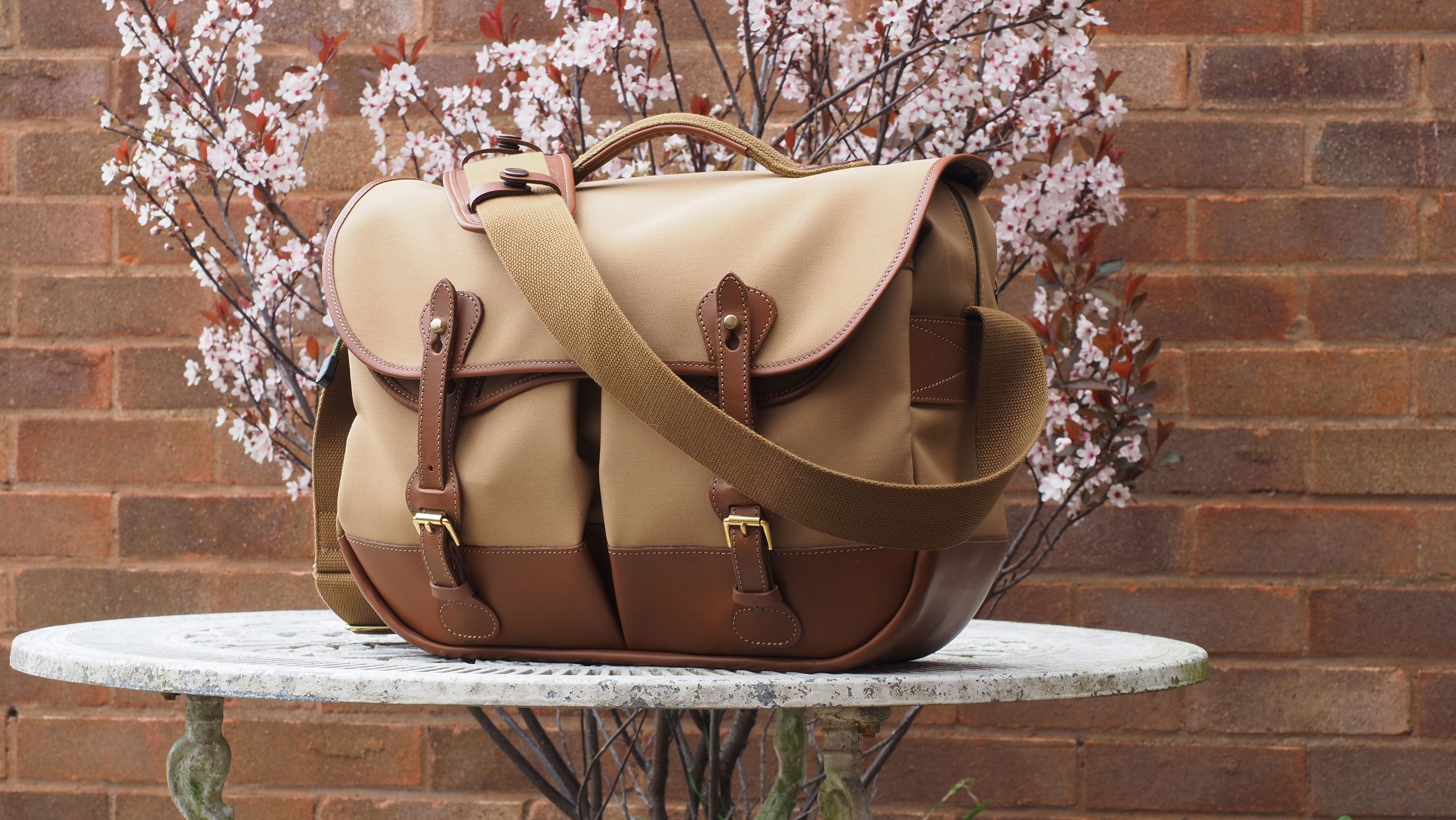
Specifications
Reasons to buy
Reasons to avoid
Let's get this out of the way now: if you're on a strict budget, Billingham camera bags aren't for you. They're premium products, hand-crafted and finished with fine materials, and they come with a price tag that reflects that. They're also made using real leather – so if you avoid animal products, best look elsewhere.
If neither of those criteria apply to you, the Billingham Eventer MKII is a top-tier camera bag. I was hugely impressed with the bag when it came in for a full review; it's superbly designed, with smooth dividers that keep your gear safe while allowing it to slide smoothly in and out. The two expanding front pockets are also amazing – they just swallow up gear, and keep swallowing it up with space to spare.
Read our full Billingham Eventer MKII review
Best backpack overall for travel
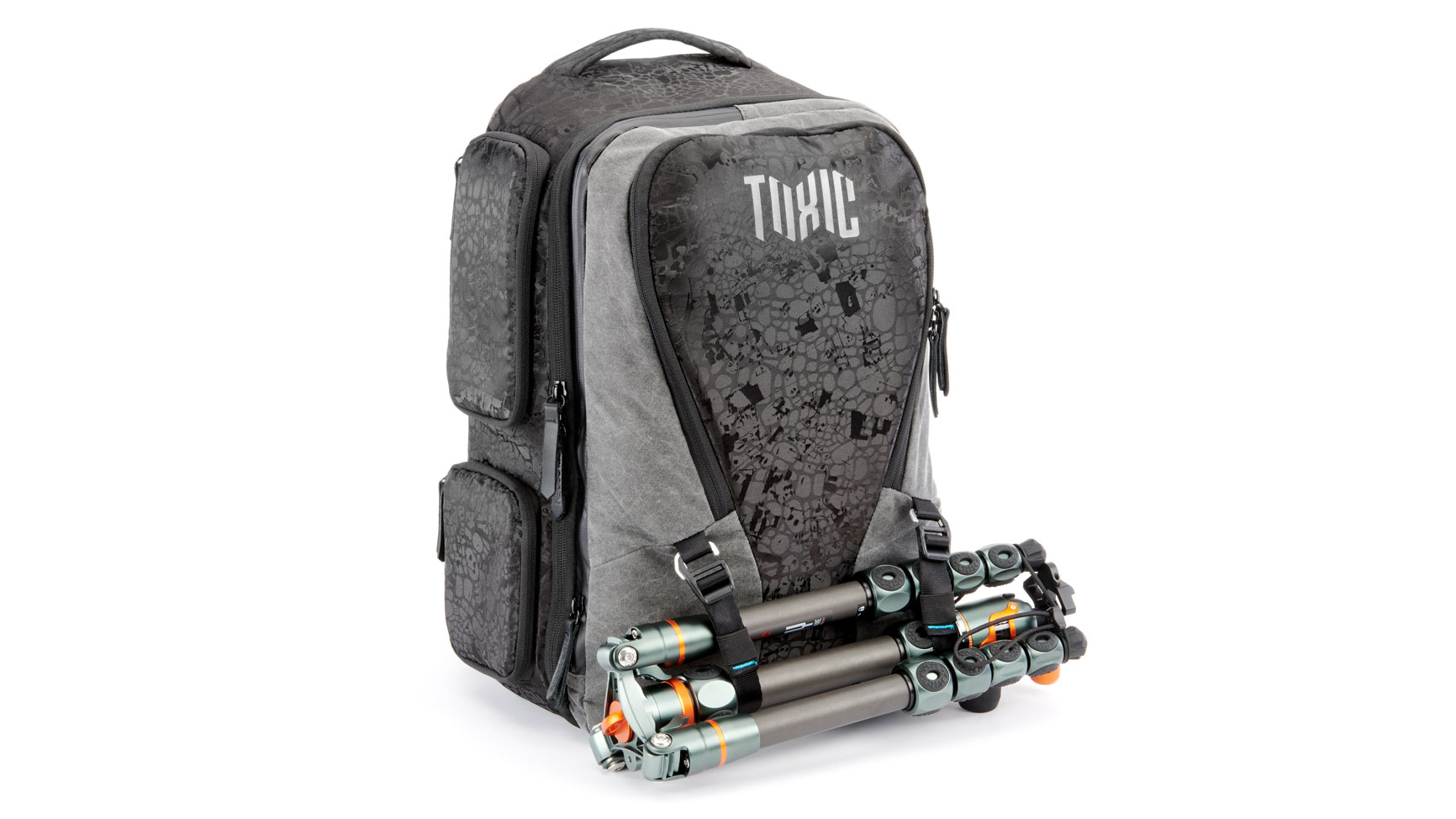
Specifications
Reasons to buy
Reasons to avoid
Camera backpacks have got a bit samey over the years, and we can all admit that the boxy black designs, while functional, are not the most exciting. The Morally Toxic range, a spin-off from tripod manufacturer 3 Legged Thing, is an attempt to blow some of the dust out and rethink what camera bags can look like – and its backpack, the Morally Toxic Valkyrie, is a triumph.
The smart design gives you access to your gear from all angles, without compromising security or weatherproofing thanks to the tough zips. Also, the "Morally" in the name refers to the fact that the bags are manufactured responsibly, with minimal plastic, and recycled ocean plastics used where possible.
Read our full Morally Toxic Valkyrie review
Most versatile backpack for travel
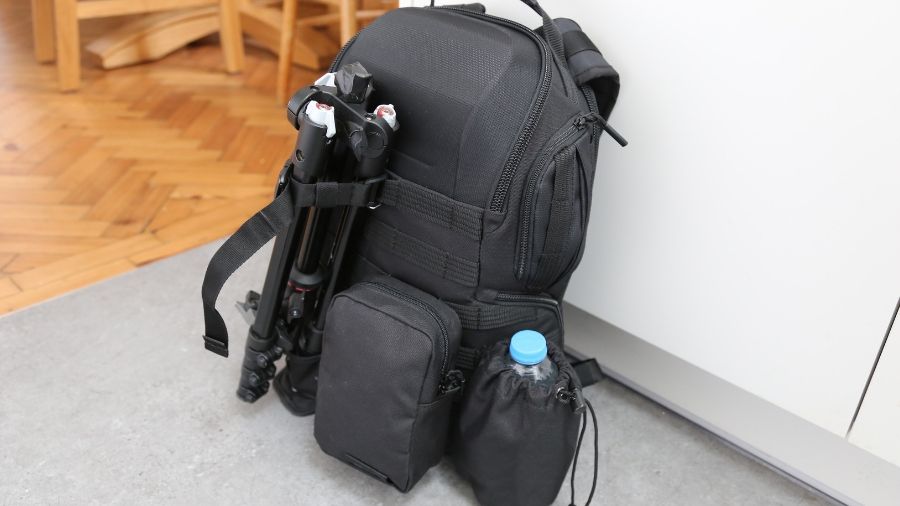
Specifications
Reasons to buy
Reasons to avoid
The ProTactic BP uses a clever modular system that’s particularly well-suited to travelers. Need to travel light for a city shoot? Just use the basic backpack. Need more space to pack extra gear the next day? Just add whatever you need: a flash holder and tripod straps, say, plus a phone case. The SlipLock loops on the ProTactic BP enable you to add or remove modules at will, so you can tailor your system precisely for the needs of the day.
The interior is equally adaptable, with Velcro dividers you can reconfigure or remove, plus a separate compartment for a small laptop.
Read our full Lowepro ProTactic BP 350 AW II review
Best hard case overall for travel
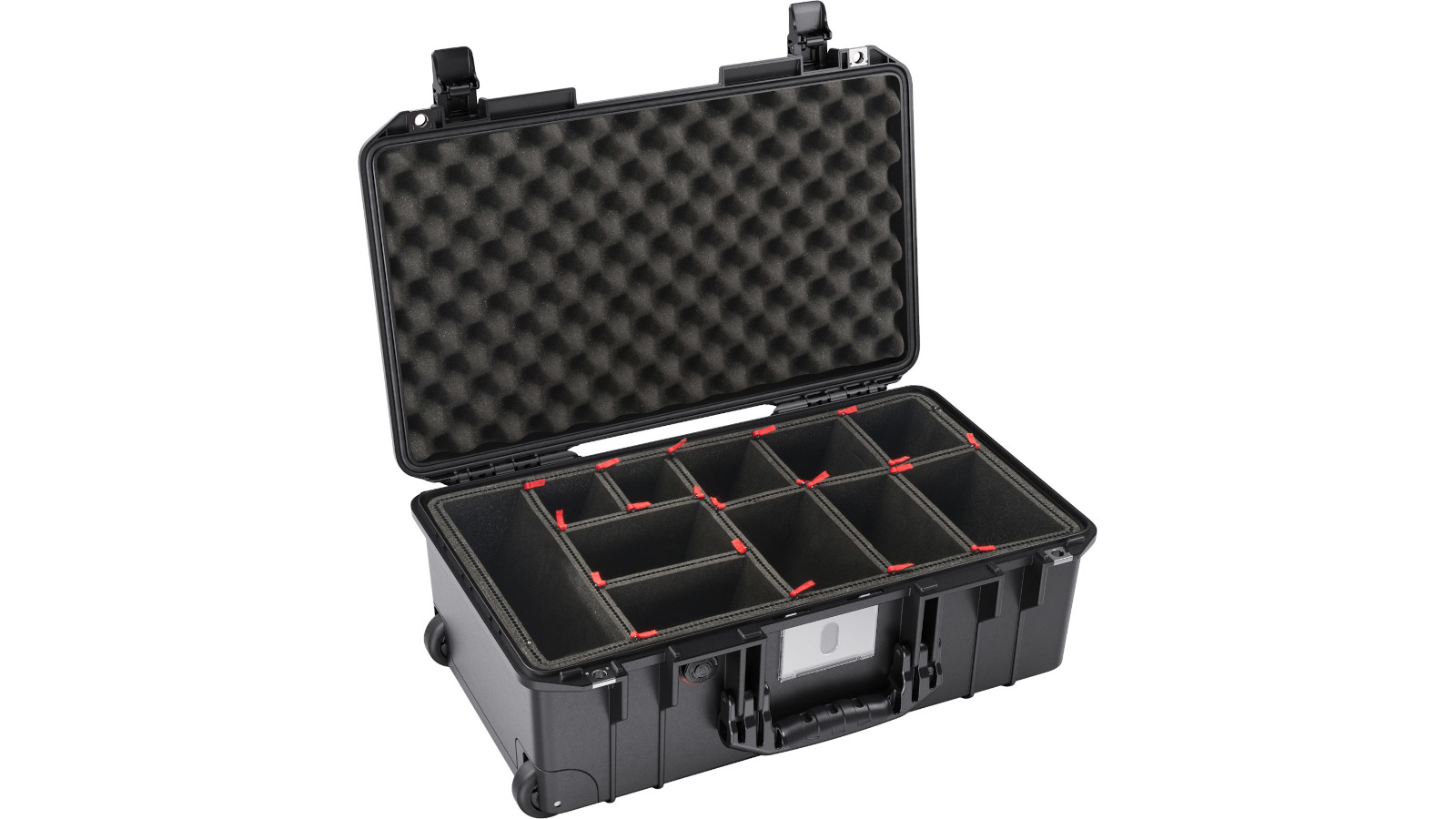
Specifications
Reasons to buy
Reasons to avoid
Hard cases for cameras offer the best possible protection for your gear, short of locking it in a safe, and they’re still fairly portable for travelling. Peli’s Air cases are more portable than most rivals, having been designed to be as much as 40% lighter than a regular Peli hard case.
With external dimensions of 55.8 x 35.5 x 22.8cm, this case has been designed to stay compliant with most airline cabin luggage rules. But if it does have to go in the hold, you needn't worry, as your gear will remain unharmed even if it encounters the most careless baggage handler. I did my best to burst the Air Case 1535, and while it does flex slightly more when crushed than some heavier hard cases, the difference is reassuringly small. This case is also fully waterproof in addition to being crushproof – your camera gear will stay dry even in a monsoon downpour.
The default interior option is diced foam, but you can also buy Velcro dividers or use Peli’s own TrekPak system. TrekPak is based around sheets of corrugated plastic; using the cutter provided, you can shape a sheet to fit around your specific equipment, linking pieces together with hopped pins. If you don’t mind the initial work, you end up with inserts that fit your gear perfectly, in a way you’d never achieve with dividers.
Read our full Peli 1535 Air review
How to choose the best camera bag for travel
What are the benefits and drawbacks of a holster bag?
A typical camera holster bag goes round your waist, perhaps clipping to your belt. They’re comfortable to wear and walk around in, to easy access to your gear, but they’re usually quite small, so don’t expect to be able to take much out with you.
What are the benefits and drawbacks of a sling bag?
Sling bags have a single strap, like a shoulder bag, but their design makes them more comfortable to wear on your back, like a backpack. Their biggest benefit is that you can bring them to your front easily, and without taking them off, so they’re great for rapid access.
The penalty for this convenience is size: there’s a limit to how big this design can comfortatbly scale, and therefore how much you can carry. But if you just to take a camera and a couple of lenses you can bring out quickly, sling bags are well worth trying out.
What are the benefits and drawbacks of a shoulder or messenger bag?
Both shoulder and messenger bags use a cross-body design, with a single strap that you take over your head and rest on the shoulder opposite the bag itself, which helps the load feel balanced. The technical distinction between shoulder and messenger bags is that the latter have shorter straps and sit higher on the body – think of a messenger on a bike.
Shoulder and messenger bags are convenient, with easy access to your camera gear, and are available in many sizes. Their main drawback is that they’re not ideal if you’re out all day or simply have a lot to carry: bearing the load on one shoulder can become tiring. But they’re great for shorter shooting assignments where you perhaps have one or two extra lenses you want to be able to access quickly.
What are the benefits and drawbacks of a camera backpack?
Backpacks have a strap for each shoulder, centering the load behind you for a comfortable feel. This means you can carry more at once, so backpacks are typically bigger than other designs. They are a great option when you plan to be outside for a long time or have a lot to carry. A typical camera backpack offers internal dividers to organize your gear and stop things from getting mixed up.
The main drawback of backpacks is access: you often have to take the backpack off and set it down to access its contents comfortably, so they don’t suit spontaneous shooting. But when you have a lot you need to take with you, this is the workhorse bag you need.
What are the main factors I should expect from a hard case?
Is it flight-friendly? A bag measuring about 55 x 35 x 23cm will see you through most airline check-ins – but many airlines won’t allow more than 10kg in weight. Always check your flight’s carry-on restrictions when you book.
Is it built to last? Hard cases can take a lot of abuse. Wheels should be replaceable, while reinforced outer corners and undersides add longevity.
Is the interior adaptable? The interior width is critical when packing larger lenses. Well-designed dividers can adapt to super-telephotos.
How we test camera bags
We thoroughly test the camera gear that comes our way. With camera bags, we look at build quality, capacity, weatherproofing, ease of use, and any other features that feel relevant to the photographers and videographers who will be using the kit. We have a team of in-house experts who take bags out into the field to see how they perform in real-world shooting scenarios, and we use their findings and opinions to inform our comments in buying guides.
Find out more about how we test and review on Digital Camera World
Get the Digital Camera World Newsletter
The best camera deals, reviews, product advice, and unmissable photography news, direct to your inbox!
Ben is the Imaging Labs manager, responsible for all the testing on Digital Camera World and across the entire photography portfolio at Future. Whether he's in the lab testing the sharpness of new lenses, the resolution of the latest image sensors, the zoom range of monster bridge cameras or even the latest camera phones, Ben is our go-to guy for technical insight. He's also the team's man-at-arms when it comes to camera bags, filters, memory cards, and all manner of camera accessories – his lab is a bit like the Batcave of photography! With years of experience trialling and testing kit, he's a human encyclopedia of benchmarks when it comes to recommending the best buys.
- Adam WaringGuides Editor
